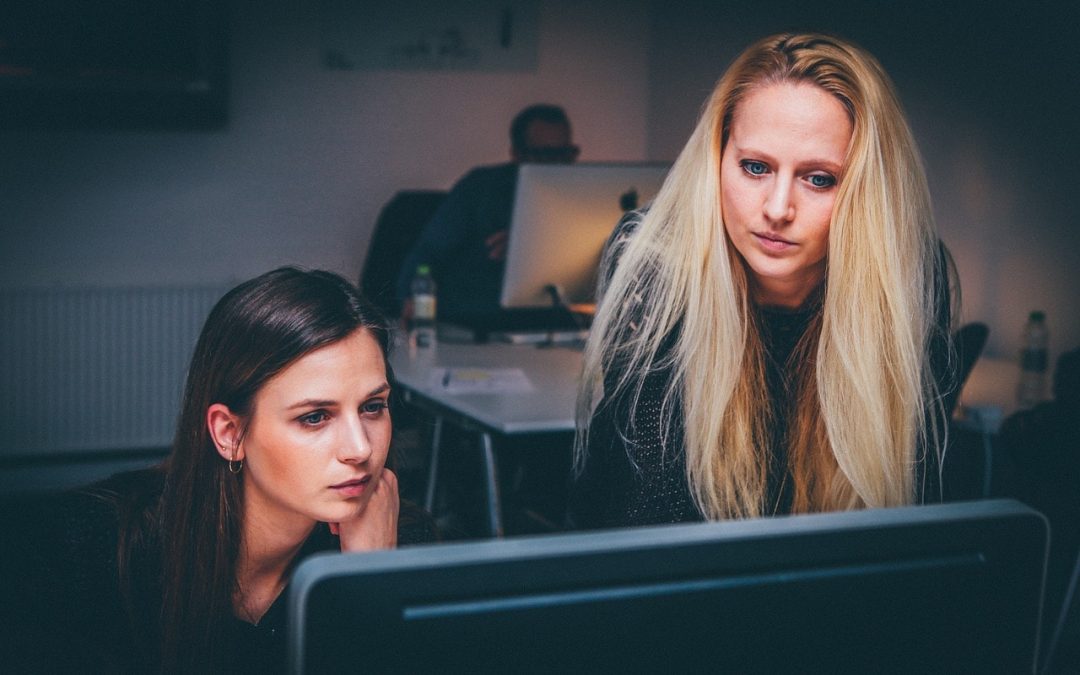Of the ten women featured in Forbes magazine’s list of America’s richest self-made women, only one is not an entrepreneur or founder of a company.
Think about that. With all that’s stacked against female entrepreneurs, it’s still the best path to becoming a multi-billionaire.
But, drill down into the details and we learn that only two of the women, Oprah Gail Winfrey, Founder and Chairman of Harpo, Inc. and Judy Faulkner, Founder and CEO of Epic, did it on their own.
The rest, from Marian Ilitch ($5.1 billion) of Little Caesars to Diane Hendricks ($4.9 billion) who chairs ABC Supply and Johnelle Hunt (2.4 billion), J.B. Hunt Transport Services, are all co-founders who partnered with their husbands.
This fact isn’t surprising if we look at statistic number one: less than half of start up companies that successfully raised more than $10 million have solo founders.
History explains the husband-wife partnership model of success in the Forbes article. Until quite recently (if you consider the 70s recent) there were laws in place the actively disallowed women from truly launching large, successful, companies. For instance, in many states women couldn’t secure a line of credit unless their husband would co-sign. There were barriers to education (forget the Columbia School of Business; Columbia didn’t accept women until 1971) and employment, and pregnancy was a fireable offense. So, if you wanted to be in business? Partner with your husband.
Fortunately, we no longer have to deal with those particular legal barriers. But the take-away is still true: it’s better to have a partner if you truly want to raise the money to launch a successful business.
Unfortunately, statistic number two shows, clearly, that it’s still better to partner with a man. In 2016, 5,839 male-founded companies got venture capital (VC) funding, compared to just 359 female-founded companies. But, companies with both male and female founders fared slightly better with 1,067 receiving funding. Women who partner with men, therefore, are almost three-times more likely to receive VC funds.
Our third statistic is really interesting. Women are more likely to secure VC funds in one of the least funded areas: consumer goods and recreation.
In 2016, startups with female founders in the consumer goods and recreation industry represented more than 28 percent of the business that were funded. Yet, consumer products and services generally have less than 4 percent of the venture capital “market.”
Those billionaires on the Forbes list actively demonstrate that there is money to be made in this underfunded industry. Take Lynda Resnick ($2 billion) who, along with her husband, Stewart, own thousands of acres of citrus fruit, pistachio, almond and pomegranate orchards. They founded the Wonderful Company in 1979 and now have brands including POM Wonderful, Figi Water and mandarin Halos.
A more current success story is Carolyn Rafaelian, the founder of popular bangle brand Alex and Ani. She’s now America’s richest jeweler.
Often, it seems, successful women started out trying to come up with better products to use themselves. Spanx, Vera Bradley and IT Cosmetics, all started that way.
That said, women are definitely making inroads in other industries. Eren Ozmen, co-founder of aerospace and defense contractor Sierra Nevada, had sales rise 15% in 2016 and its Dream Chaser spacecraft has secured a partnership with the United Nations and a contract with NASA.
Then, there’s the fact that women-owned businesses are outperforming the overall business market in terms of growth. According to The 2016 State of Women-Owned Businesses Report, there are now nearly 11.3 million woman-owned businesses in the U.S., employing nearly 9 million people and generating over $1.6 trillion in revenue.
“Representing a 45% increase between 2007 and 2016, compared to a 9% increase among all businesses, women are going into business and doing it very successfully.” (Forbes.)
Stats and facts don’t tell the whole story, naturally.
Partnering with a man won’t change the fact that women-founded business are still, statistically, less likely to secure VC. As I’ve written about before, there’s no magic bullet.
We also need to gain access to more than “seed money”; women still self-fund their startups more than 60 percent of the time.
A huge part of overcoming these barriers is linked to the ideas we have (believe in them!), our perceptions of ourselves (we can do it!), and our ability to form business plans and relationships.
So, a final, positive, statistic. With women heading up at least 36 percent of businesses in the country (as of 2012) we now have mentors, guides, leaders and role models that will help their sisters-in-innovation do great things.

